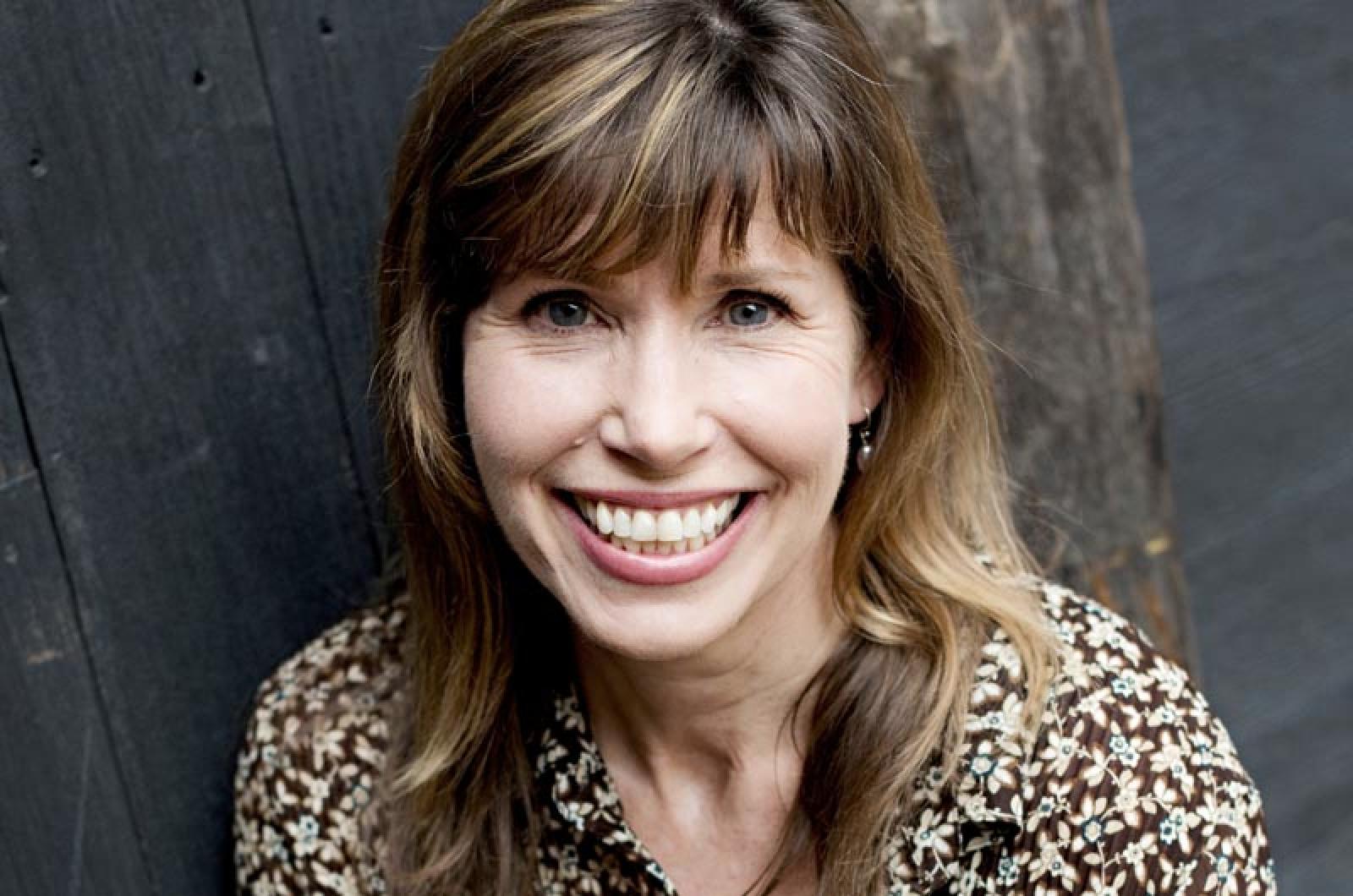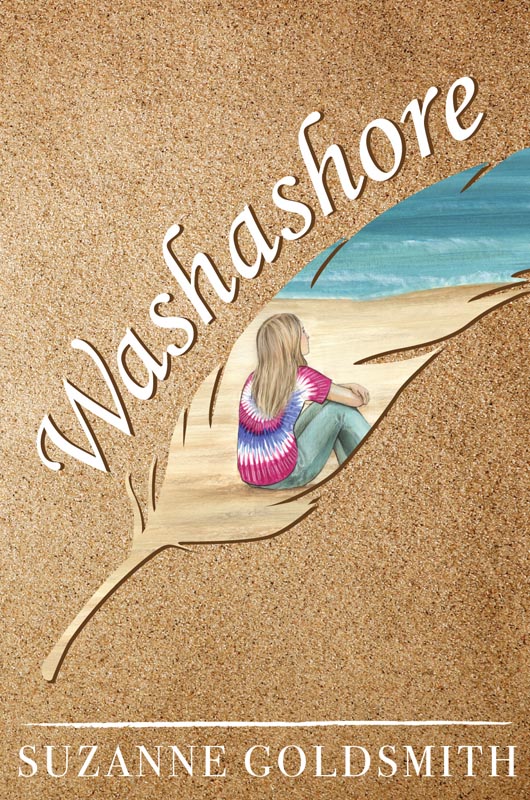When Clementine Harper arrives on Martha’s Vineyard for her freshman year in high school, she receives anything but a warm welcome.
“So, washashore, why are you here on the Island?” a new classmate taunts in the second chapter of a new book for young adults. “Your parents some of those summer people who think it might be fun to come and live among the locals for a while?”
Clementine, or Clem for short, is the protagonist of Washashore written by Suzanne Goldsmith, a novel which this year received the Green Earth Book Award, a national award recognizing books that promote environmental stewardship.
The novel begins in fall of 1976, and Clementine has just moved from Cambridge to the Island, where she’s been a summer visitor all her life.
At first, Clem’s ninth grade year is off to a rocky start. She feels like an outsider at school, her parents aren’t getting along and her best friend lives 80 miles — and a sliver of ocean — away.
Everything gets better when she befriends Daniel “Bird Boy” Willard, a tall, blue-eyed classmate who shares her deep curiosity about the natural world. Clem and Daniel bond over their admiration of the osprey, a fledgling bird population just beginning to make the Island its home in the 1970s.
Like Clementine, author Suzanne Goldsmith grew up summering up-Island, where her parents eventually built a house off Tea Lane in Chilmark. The seed for the story was planted many years ago and grew over time, she said.
When the author was 11 years old, she and two friends were walking in the woods when they came upon a dead bird on the ground with bands on its legs. They became curious about what had happened to the bird and why it was banded, but the bird’s story remained a mystery.
“We never found out and because of that, it took on mythic proportions,” Ms. Goldsmith said.
A second inspiration was an article in the Vineyard Gazette, which told the story of Island naturalist Gus Ben David and his project to construct nesting platforms for osprey across the Island. Ms. Goldsmith has reinvented Mr. Ben David as a main character in her book, a man named Bo Jameson whose project to bring ospreys back is in its first stages of development.
Clementine meets Bo on a field trip to his animal park, Bird World, which is much like Mr. Ben David’s World of Reptiles and Birds. From there, Clem, Daniel, and their mentor, Bo, form a team of dedicated caretakers, traveling the Island to monitor the osprey nests. The book reads as a sort of tribute to Mr. Ben David, who appeared again and again in the author’s research about ospreys.
“He is all over the osprey story, he’s the man,” Ms. Goldsmith said.
The author inherited a commitment to conservation causes from her late father, William Goldsmith, who led a successful campaign to protect the area now known as Waskosim’s Rock Reservation from development.
“All of that happened in my formative years, and developed my desire for preservation of the Island,” she said.
She’s now managed to incorporate that cause into her writing. Though she remembers wanting to write fiction as a child, she became discouraged with the form while taking fiction courses in college.
“I decided that I wasn’t good at it,” she said.
Years later, while reading to her children, she came to reconsider her exclusive focus on journalism. She was reading Kate DiCamillo’s Because of Winn-Dixie, a young adult novel published in 2000, and the tears came streaming down her face.
“It reconnected me with how I felt about fiction, about novels and books, when I was a young teenager, and I wanted to write these books,” she said. “Those were the books that had the greatest impact on me. I wanted to have that on other people.”
Washashore is her first novel, and though she wrote a first draft in six months, it took nearly eight years, all told, until publication. Her agent had trouble selling it, in part because it is set in the 1970s, a time period not widely considered to appeal to the young adult readership. It is also a quiet book, she said, not fast-paced or fantastical.
“People had trouble understanding how to market it,” she said.
In the end, she found Lucky Marble Books, an independent publisher which has promoted it as an educational book with a teaching guide. Ms. Goldsmith hopes Vineyard teachers will consider using the book and accompanying materials in their classrooms.
The target audience for the book is her younger self, at 11 or 12 years old, she said. At that age, kids begin to discover that their parents aren’t perfect and begin to find themselves in nature, she said. Clementine spends many solitary moments in contemplation, “sorting her thoughts like small stones.”
The prose of Washashore is uncluttered and precise in its detail. Ms. Goldsmith's narrative evokes the particularity of the Vineyard’s landscape and the peculiarity of local lore. With affectionate description, she captures an Island of pay phones and hitchhiking, the “most casual, dressed-down place in the world,” a place where tupelo trees go by the curious name beetlebungs and spring peepers are known as pinkletinks.
Despite her lowly washashore status, Clem feels at home on Vineyard soil and sand.
“She knew the beach by heart: the pebbly sand on the soles of her feet, the dangerous jagged rocks hidden beneath the surf, and the way the water looked in all kinds of weather,” the third chapter reads.
Ms. Goldsmith says the Vineyard has always been the place where her own imagination lived.
“I loved the separateness,” she said. “When I was a teenager, I felt I could go to the Island and be someone different from how I was in my regular life.”







Comments (2)
Comments
Comment policy »